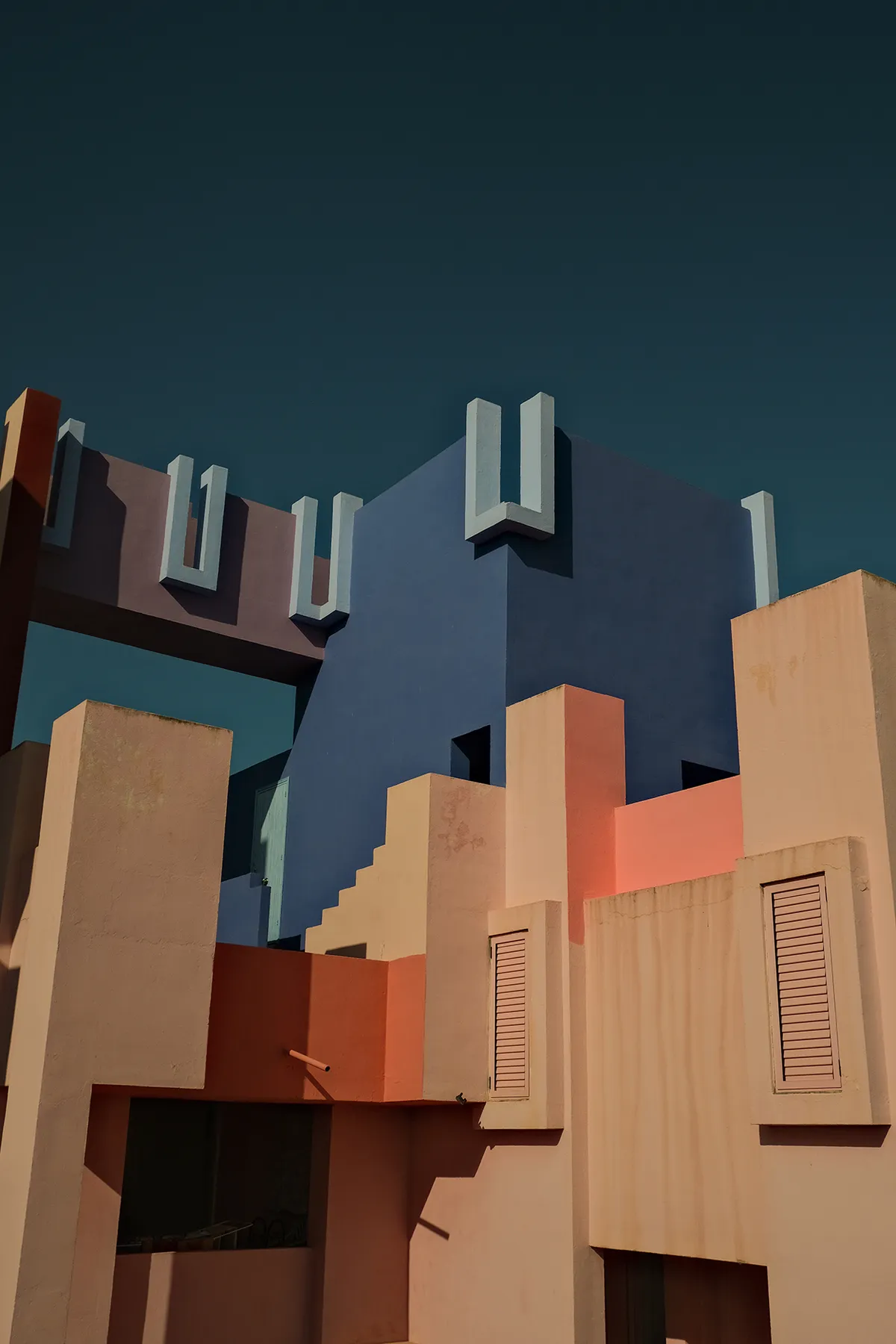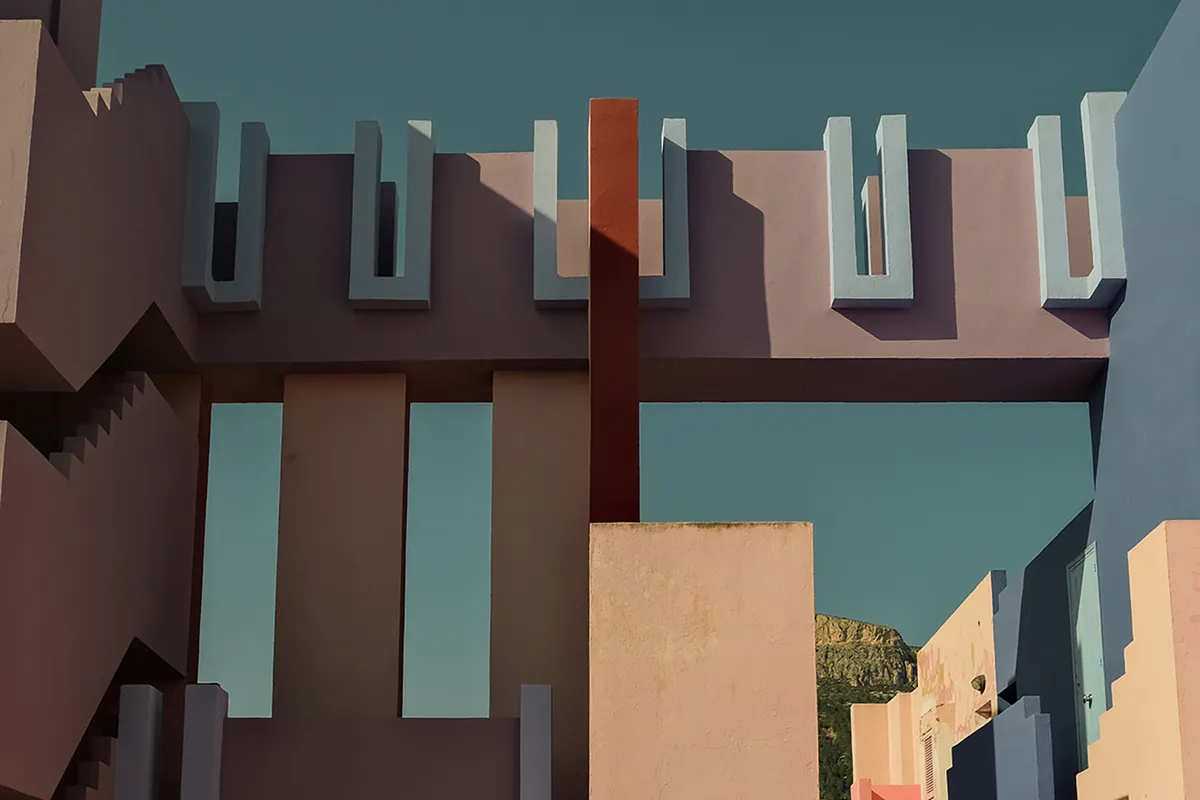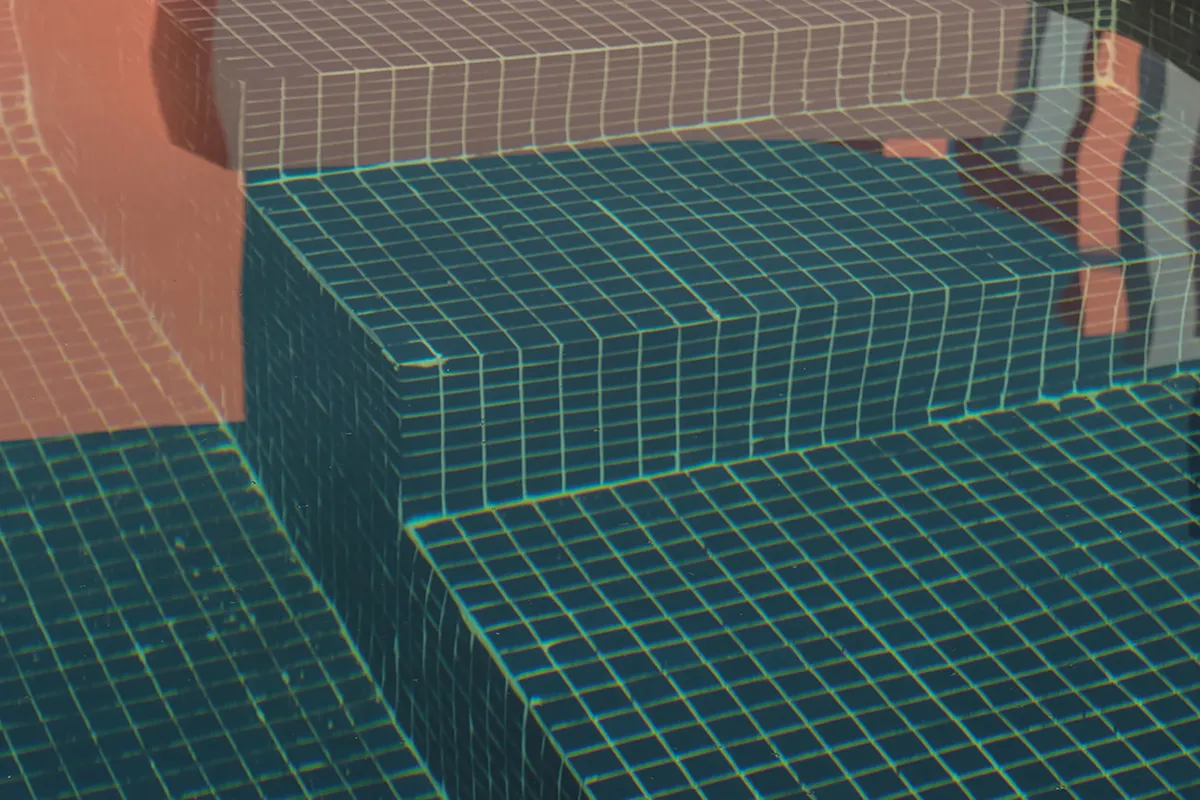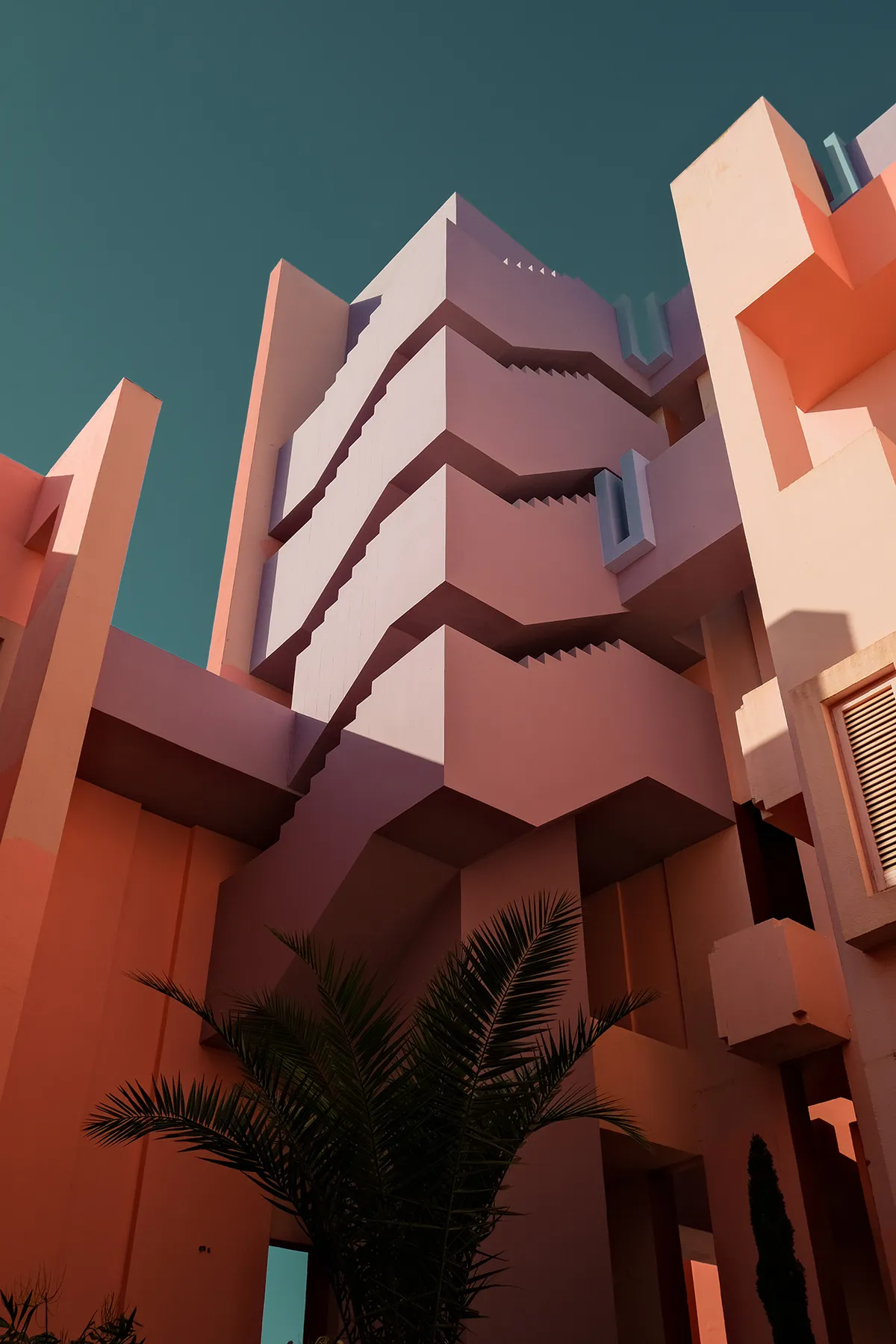
1/4

2/4

3/4

4/4

Author(s) / Team representatives
Andreea Ilie
Profession
Visual artist
Text presentation of the author in English
Andreea Ilie is an artist who draws inspiration from the inherent connection between architecture and the human psyche. Her work captures the essence of social buildings and common spaces, emphasizing their profound influence on the modern individual. Through her works, she tries to unveil the true purpose of these spaces and underline the vital importance of collective experiences, combating the profound sense of alienation that can permeate our lives when we feel disconnected from ourselves and others.
Project description in English
Architecture needs to become a matter of the masses, a matter of body and nature. Only by achieving that will we be able to move people and things. We need to allow old concepts to be abolished in order to start over and make space for a more insightful, human-oriented perspective.
Humans relate to and resemble structures in many different manners, but we see this especially from a dialectical perspective. Similar to the way we observe buildings, people can and should be examined in relation to each other. As long as we observe things as lifeless and still, one next to each other or one after the other, separately, isolated and divided, we are not to encounter any contradiction. Without proper context, we will be met with no harmony as well as no understanding of their functioning. We will not be able to grasp the dialectical existence of entities that only have the capacity of progress through antagonism. In an analogous manner, humans need to be understood and observed not as disconnected individuals but relational organisms.
It is evident that man and his surroundings create a certain fusion, becoming one, covering each other. One cannot function without the other and we can see a clear influence one has over the other. The whole building connects with the immediate and wider surroundings, the individual rooms react collectively. The whole relates to the smallest particle and it grows into a cell of a community. It turns into a human image.
The structures and systems of society, including architecture, are products of the prevailing economic conditions and social relations. Architecture may either reinforce or undermine the working class since it reflects the social relations of production. Individuals can experience a sense of alienation as a result of feeling separated from both themselves and other people. To avoid this, buildings must be constructed to promote community and social interaction among residents, thus covering and protecting them. Architecture must reflect the principles and needs of the people rather than the demands of capital.
These photographs get rid of distractions — they present reality and the building in its purest form, lacking any context, exhibiting raw meaning and capturing contradiction, repetition, and roughness. You lunge into this flat microcosm that rearranges and reinterprets architecture as we perceive it, allowing you to comprehend its ultimate social purpose — connecting humans and human to the living cell.



